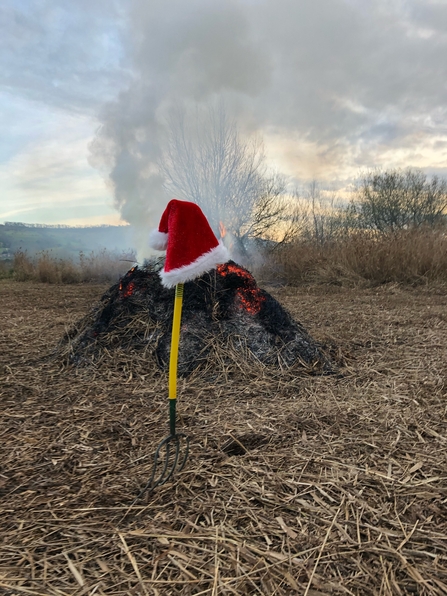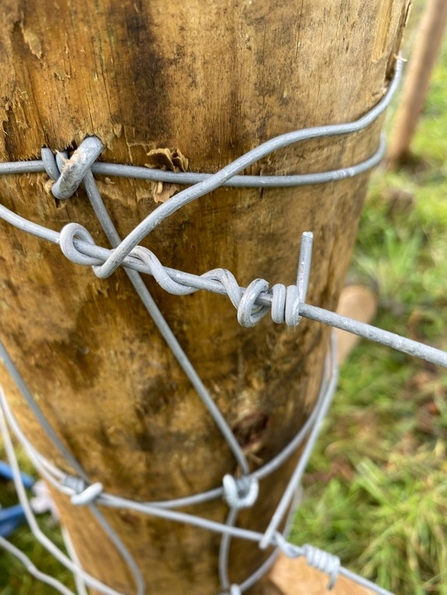"Coming together is a beginning, staying together is progress, and working together is success." – Henry Ford.
Ruthie, Jake, Amy and myself have become a real team over the last three months. Having all started with different levels of experience and conservation backgrounds, we have gelled to become a group of great learners and even better doers! With the help from Iain, our supervisor, and all the other lovely friendly staff at the Trust we have fitted in nicely and I believe we are slowly making our own little mark within the Trust and out on the nature reserves.
From the start of the traineeship, we all made the effort to get to know each other and what our interests are outside of the traineeship. Of course, we all have other commitments - Ruthie is a very dedicated Irish setter mum, Amy gets involved in everything youth group related and as we all know by now at the Trust, Jake is the next Chris Packham of the birding world (far handier at reserve maintenance though, I’m sure). Outside of the traineeship I like to see my family as much as possible. I have a part-time job, I’m studying at university and I’m slowly making my way through The Crown on Netflix (if you haven’t already, WATCH IT)!
Us trainees now have our own ‘office’ in the conservation barn thanks to Mike, the Trust’s Head of Resources. We are fully connected to all other staff members and I’m sure I can speak for all of us that it’s really nice to have our own space and central hub. We now have easy access to the tools and vehicles we need. That’s another thing, VEHICLES! Three of us have had the pleasure of being introduced to our lovely Land Rovers. Although perhaps not my first choice of transport to use, at the Trust the ‘Landys’ are iconic and not to mention VERY useful! I have visions of us chugging down a beautiful country lane in the Land Rovers, windows down, when summer arrives.



